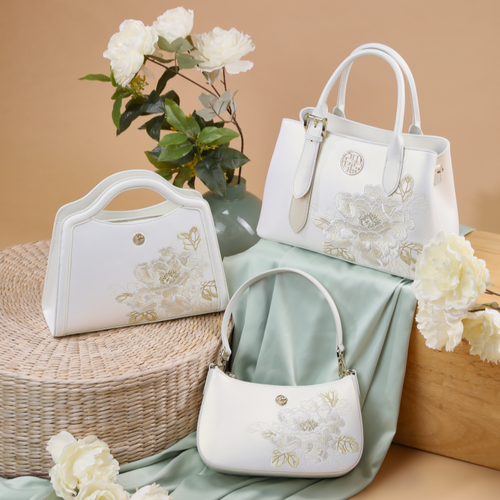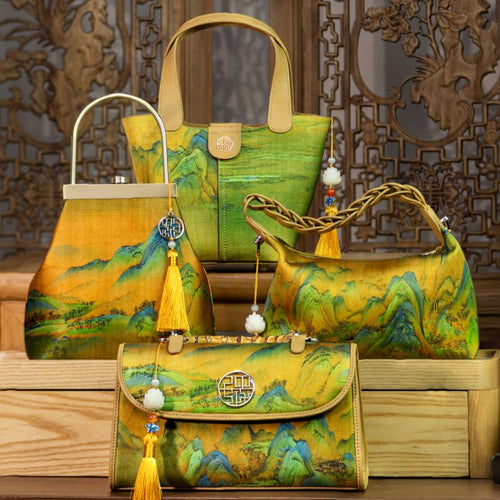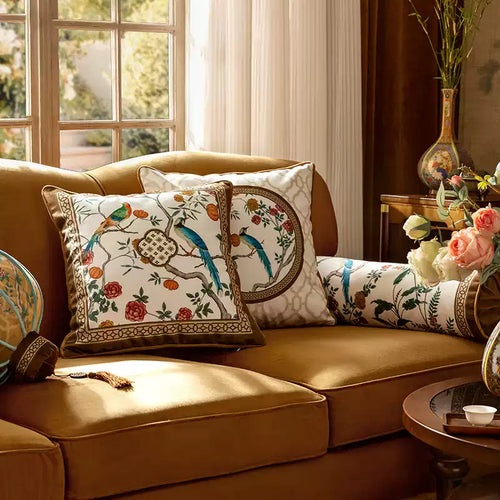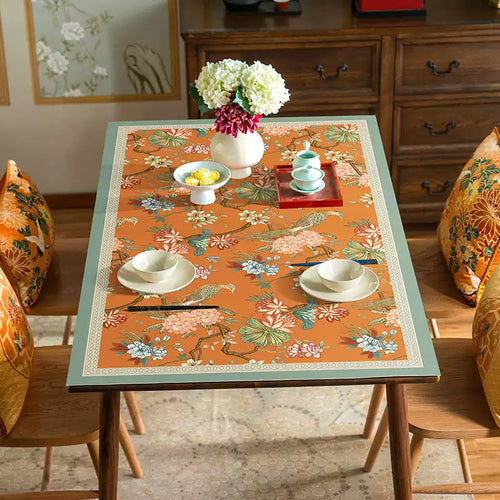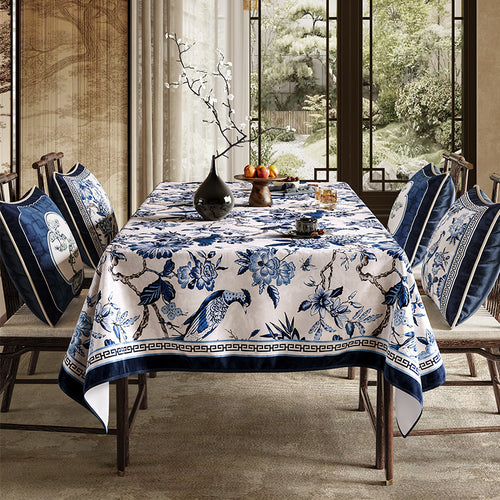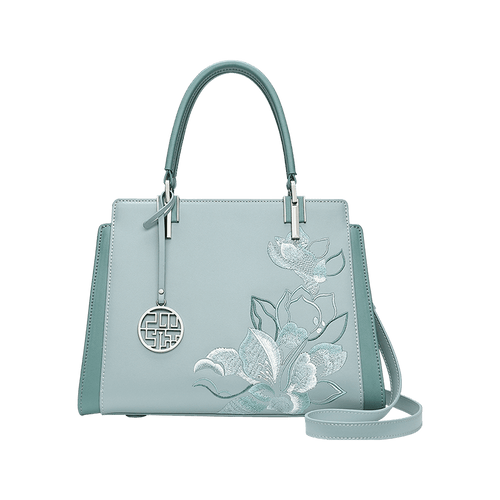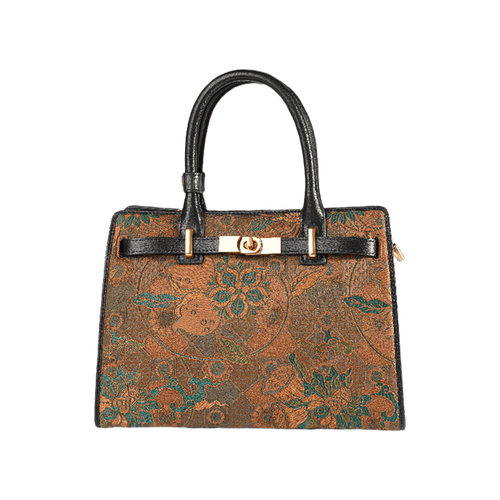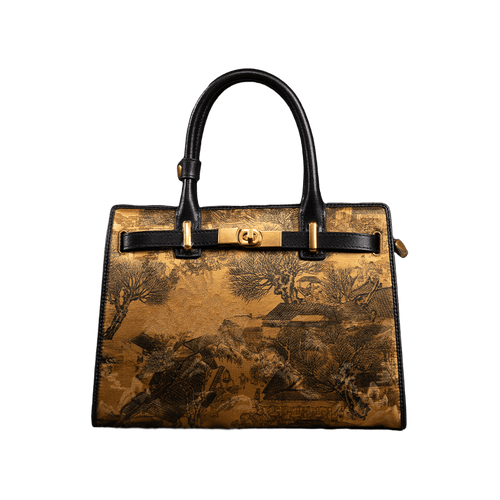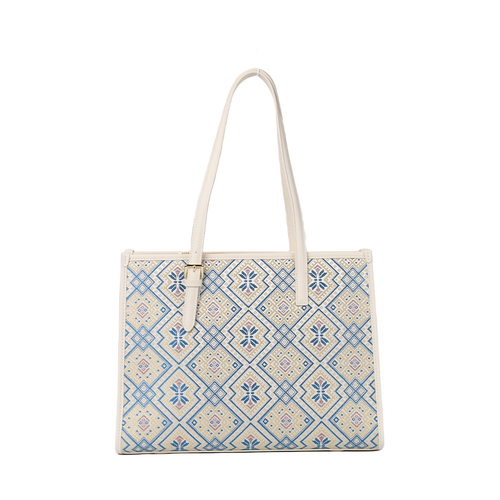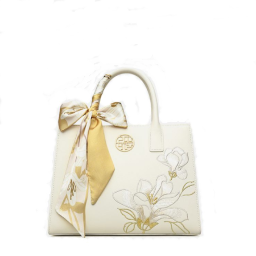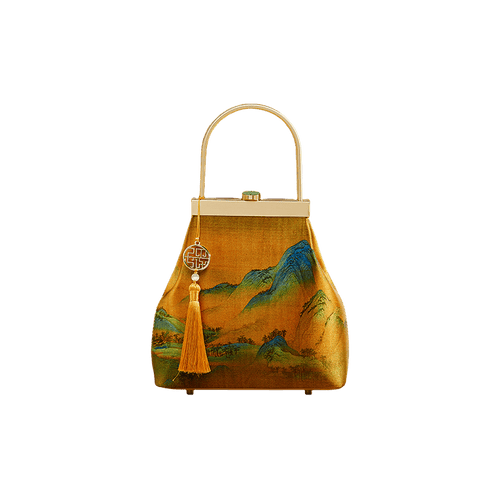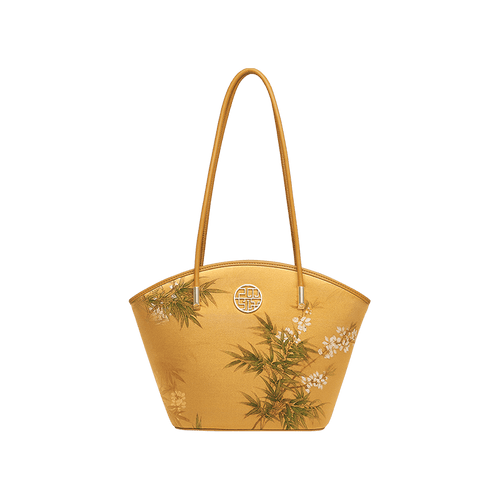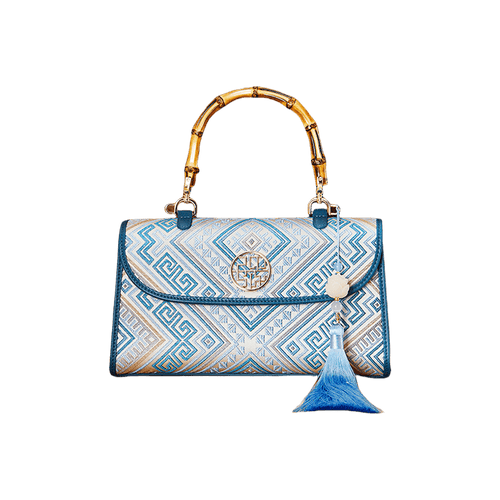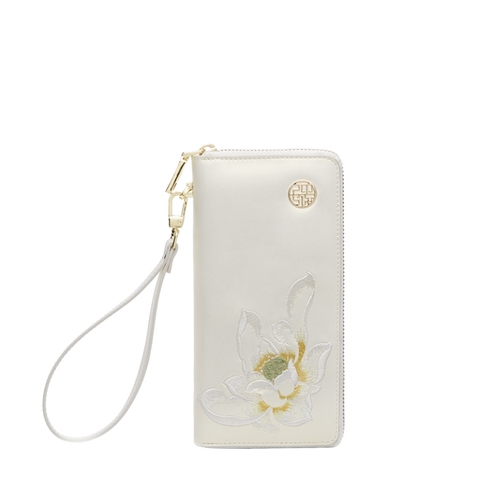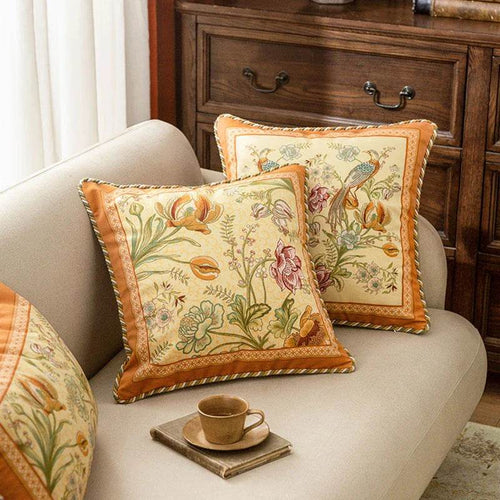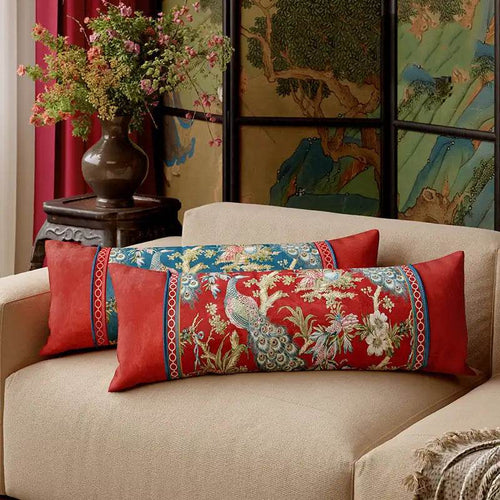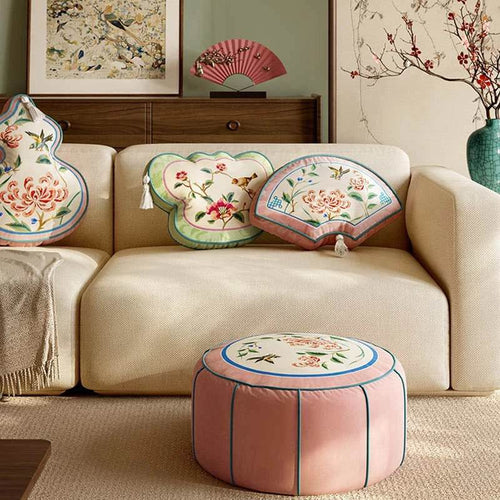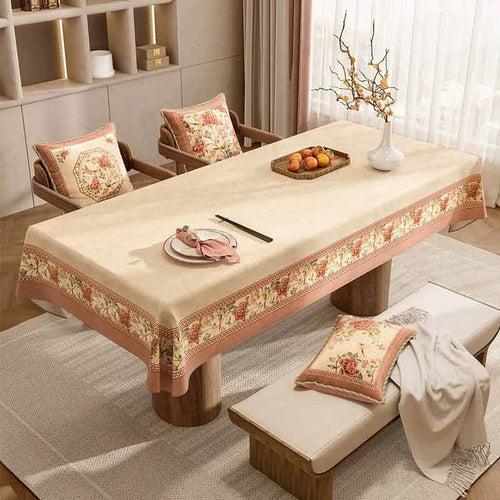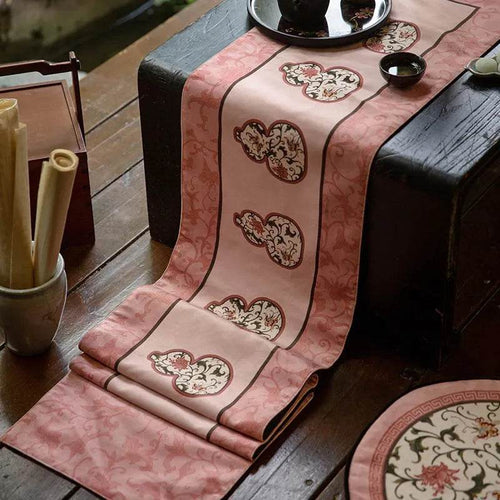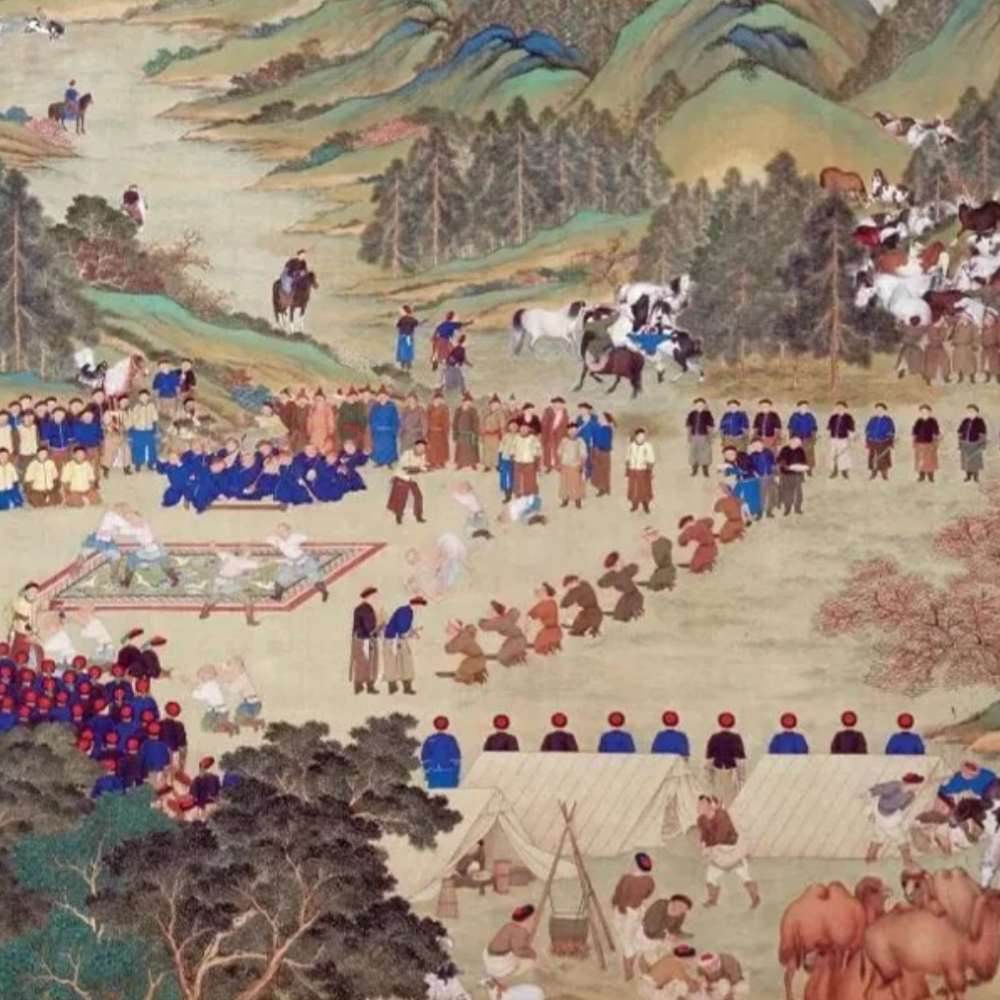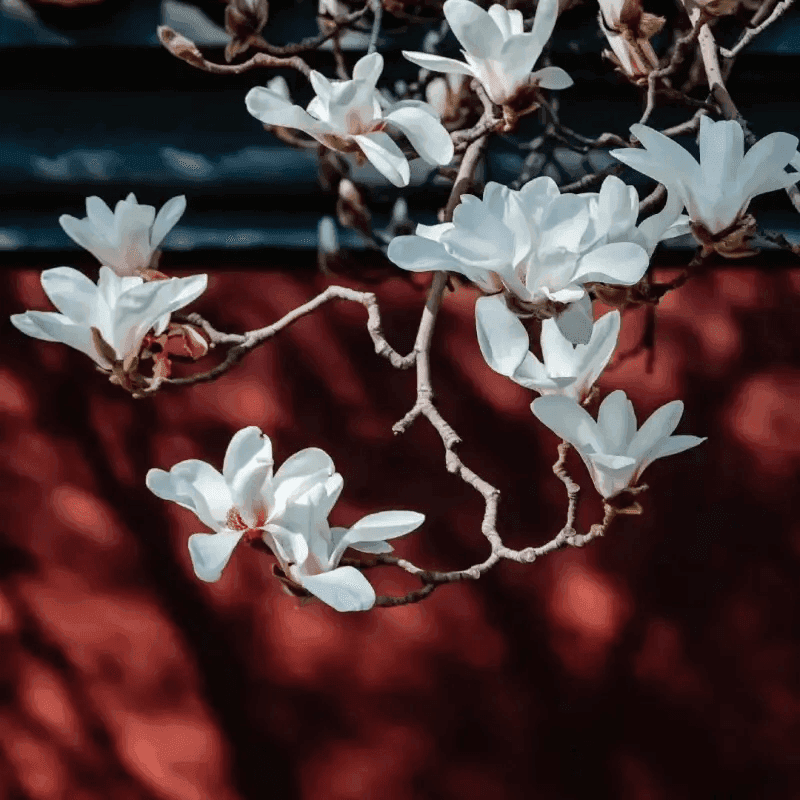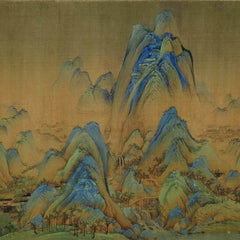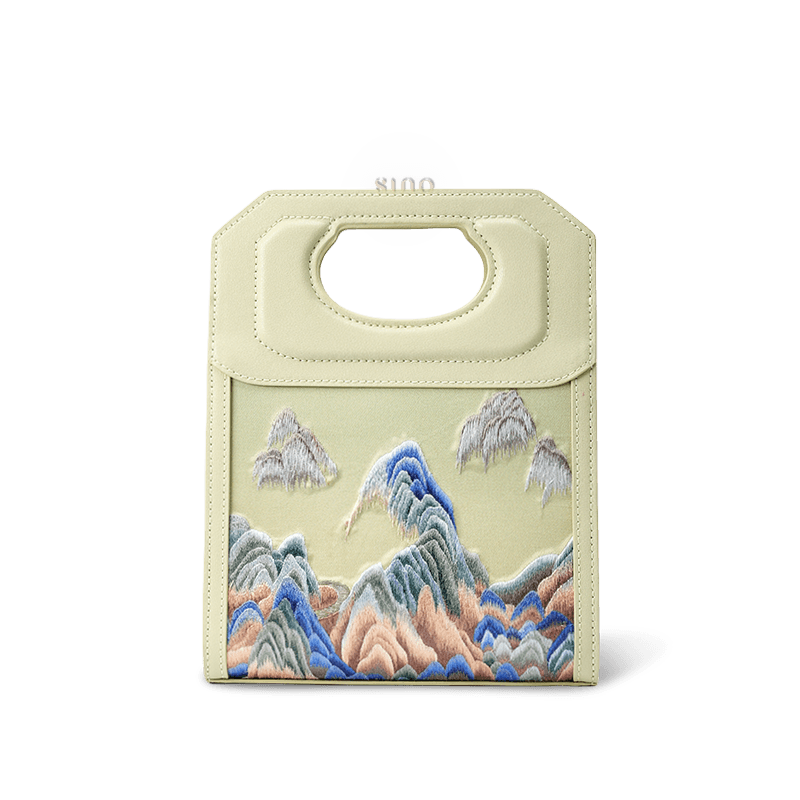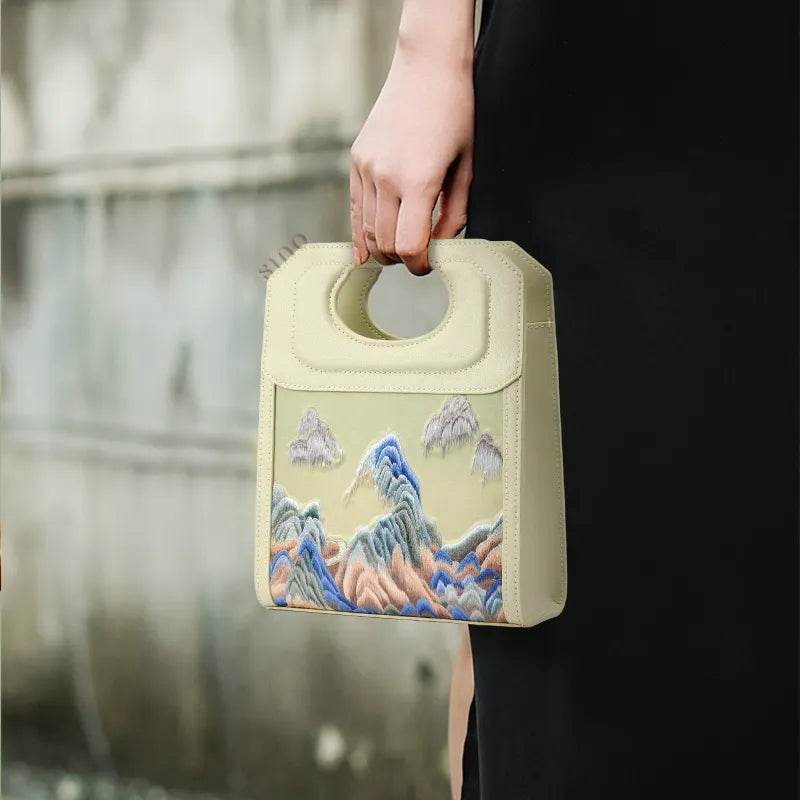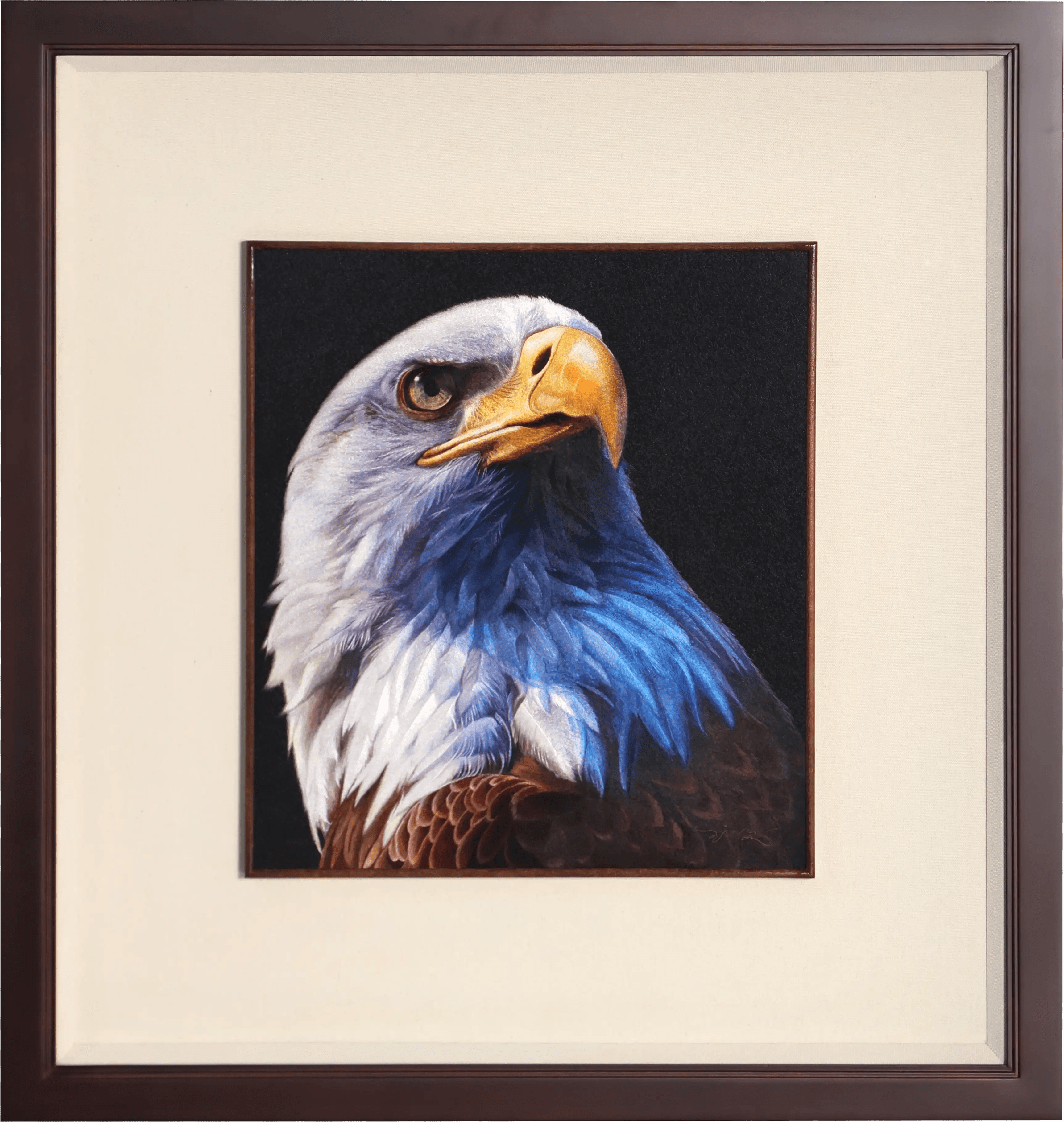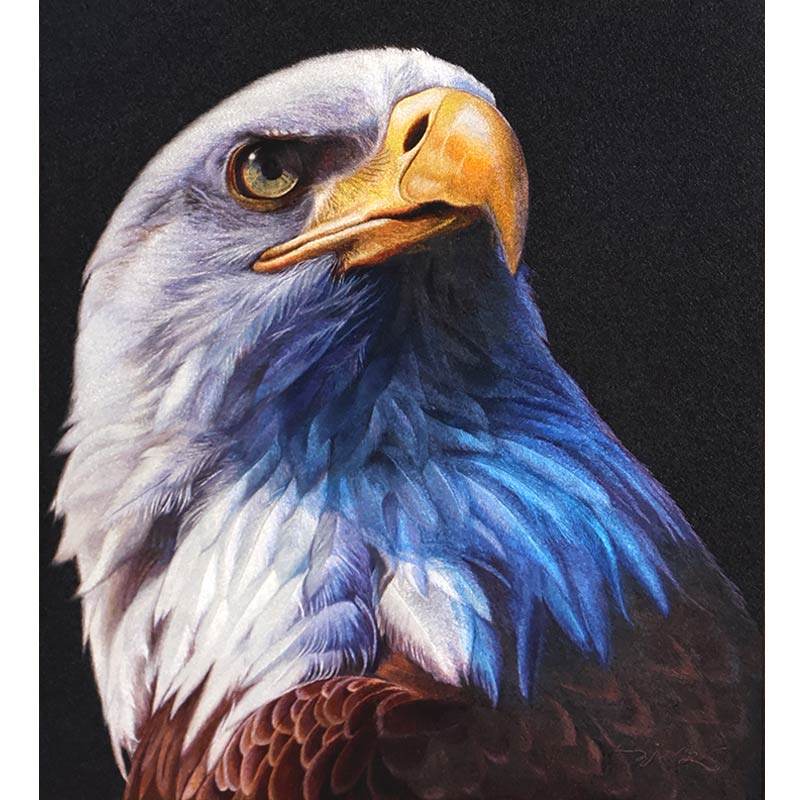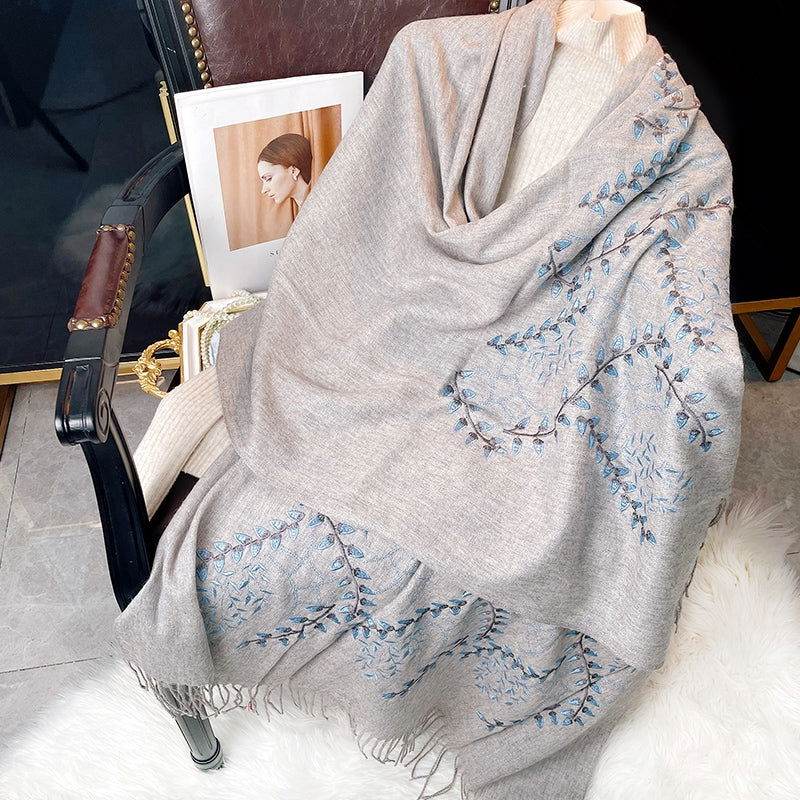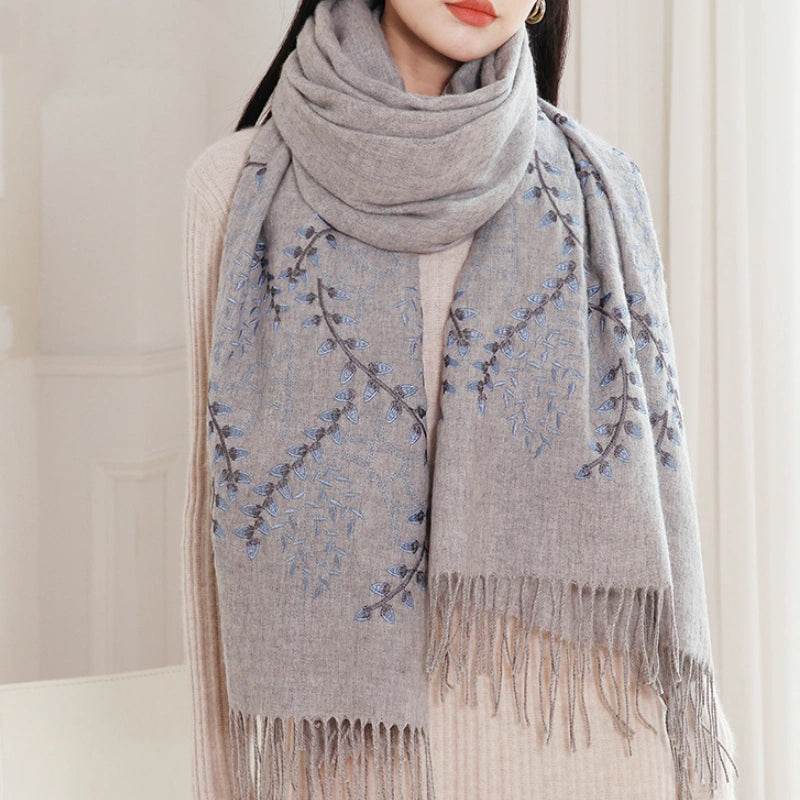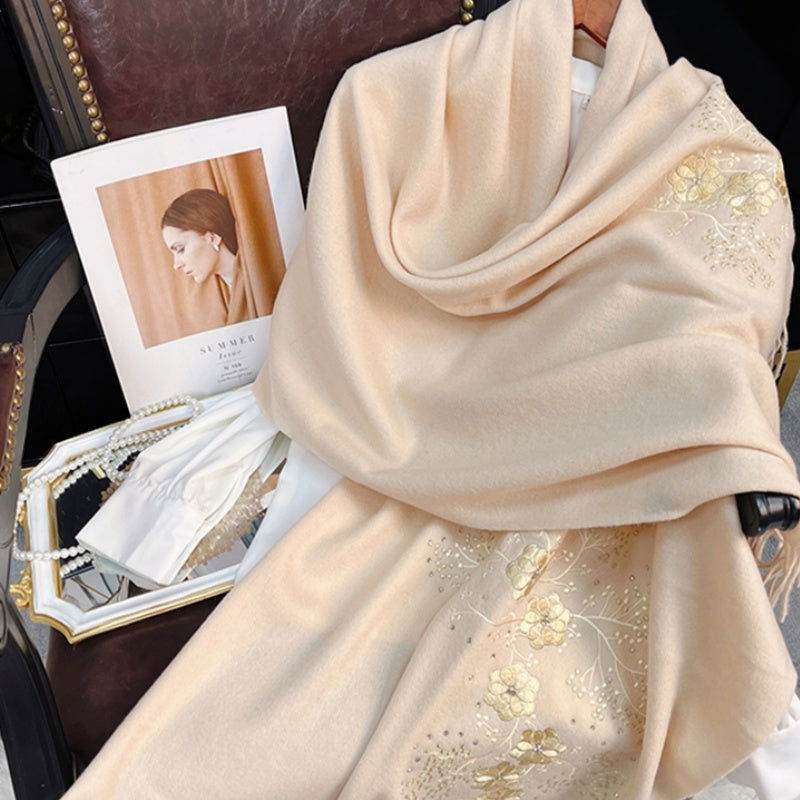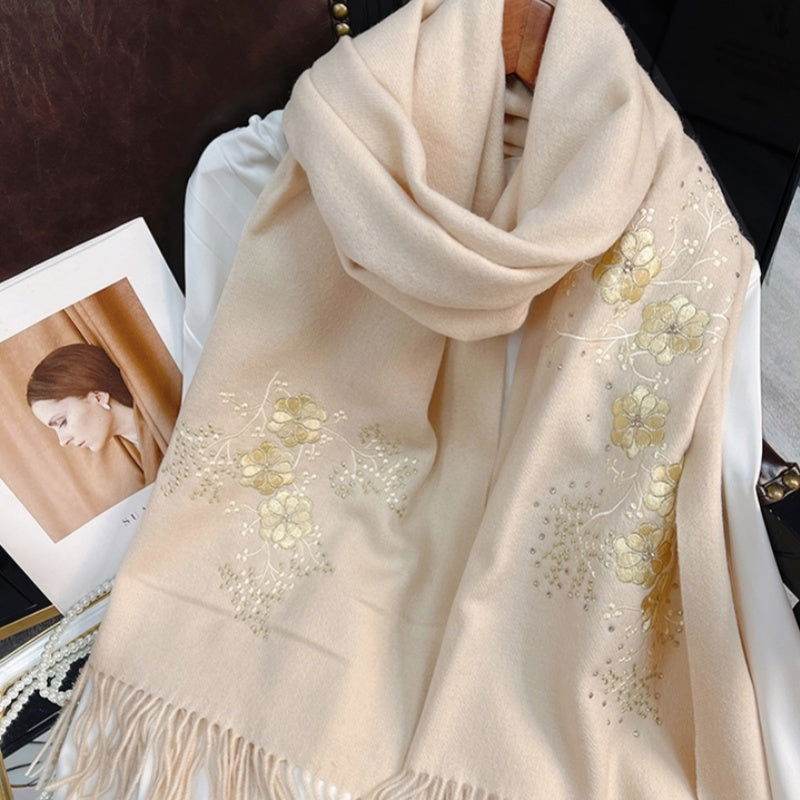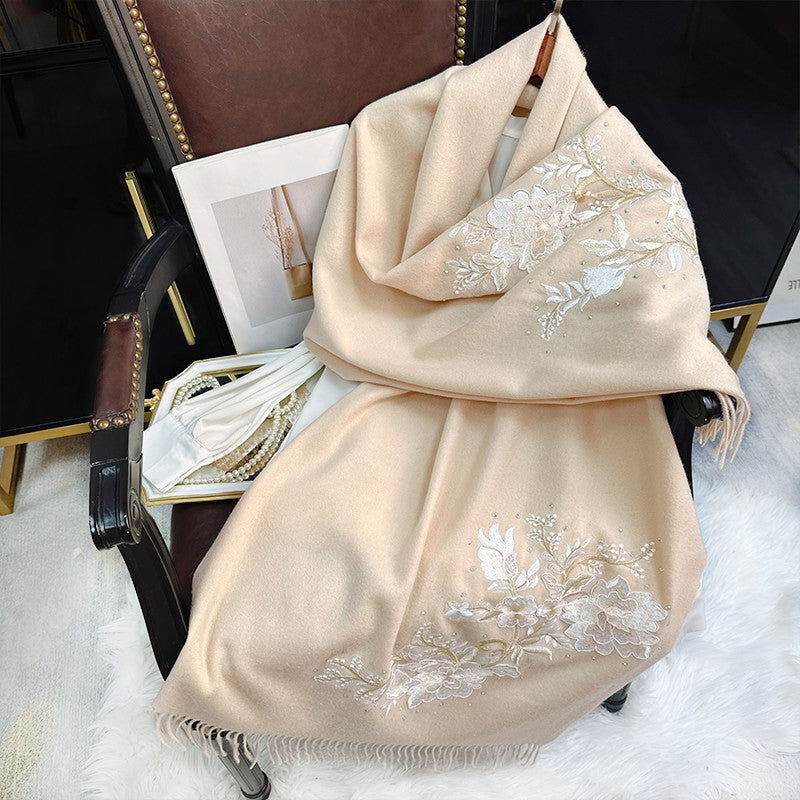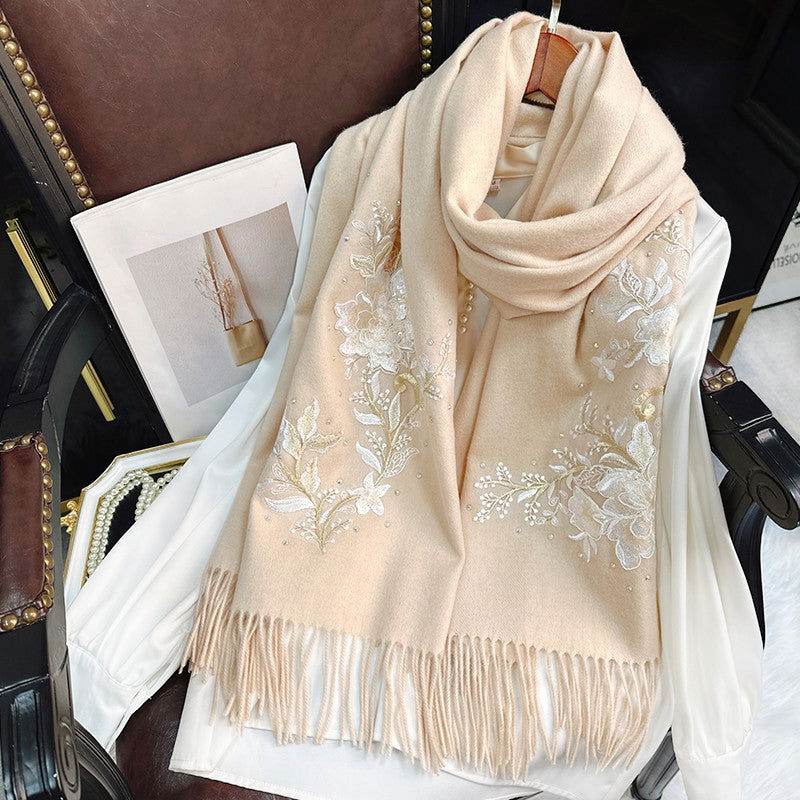The Historical Origins of Canton Embroidery
Early Beginnings in Guangdong
Canton Embroidery, also know as Yue embroidery, originated in Guangzhou, Guangdong Province, during the Tang Dynasty (618-907 AD). Its location near the Pearl River Delta made Guangzhou a hub for trade and cultural exchange, which heavily influenced the art form's development.
Evolution Through the Dynasties
The craft flourished through several dynasties, with each period adding to its complexity and beauty:
-
Tang and Song Dynasties: Artisans refined their skills and expanded their design repertoire, laying the foundation for its signature style.
Lu Meiniang, a native of Nanhai (now Panyu, Guangzhou) in the Tang Dynasty, is the earliest recorded figure in the history of Guangdong embroidery and is revered as the ancestor by all members of the Guangdong embroidery industry.
-
Ming and Qing Dynasties: This era marked a peak for Canton Embroidery. Craftsmen introduced luxurious materials like gold and silver threads. Its fame spread to Europe in 1514 when a Portuguese merchant presented a magnificent embroidered dragon robe to his king and favored by European royalty and nobility.

Traditional Techniques and Materials
Traditional Canton Embroidery techniques involve a variety of intricate stitching methods and the use of high-quality natural materials. Natural mulberry silk is a material that is often used.
Key Stitching Methods
Artisans employ diverse stitches to create stunning textures and effects:
-
Satin Stitch: Used to create a smooth, glossy surface.
-
Couching Stitch: Adds dimension and outlines to designs.
-
Seed Stitch: Creates a fine, dotted texture, perfect for filling in small areas.
Primary Materials Used
The choice of materials is crucial for achieving the art form's characteristic vibrancy.
-
Silk Threads: The primary material, known for its luster and strength.
-
Cotton and Wool: Used to add diversity and texture.
-
Peacock Feathers & Gold Threads: Often woven into designs to add a unique, luxurious touch.
>>>More embroidery details, read our embroidery process
Canton Embroidery in Modern Times
Today, Canton Embroidery has adapted to contemporary tastes through new materials, technological advancements, and modern applications.
Modern Innovations
To stay relevant, artisans now incorporate new materials like synthetic threads, metallic fibers, and even beads into their work. Furthermore, technological advancements such as digital design tools help artists create complex patterns with greater precision, ensuring the craft's sustainable development in the digital age.
Applications in Fashion and Home Decor
Canton Embroidery is highly valued in the fashion and textile industry. Designers incorporate its rich motifs—such as animals, landscapes, and figures—into high-fashion embroidery handbags, scarves, accessories, and footwear.
It has also become a popular choice for home decor and art installations. You can find it on elegant wall hangings, cushions, and large-scale art pieces that serve as cultural ambassadors in exhibitions.
Preservation and Key Artisans
The survival of Canton Embroidery relies on the dedication of cultural institutions and the master artisans who practice it.
Museums and cultural centers play a vital role by organizing exhibitions and workshops to pass the skills to a new generation. At the same time, craftsmen are the backbone of this living heritage.
One of the most renowned contemporary artisans is Master Xinyuan Wang. He is celebrated for developing the unique "hoop stitch" technique and for blending themes from oil painting, photography, and even animation into his work. By collaborating with modern companies, Master Wang helps integrate this ancient art into the internet era, ensuring it continues to captivate global audiences.>>>Read story for Cantonese embroidery master-Wang Xinyuan.
